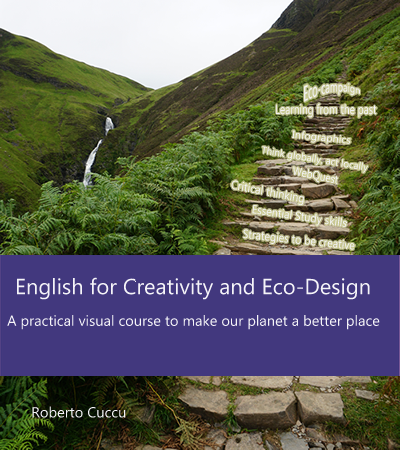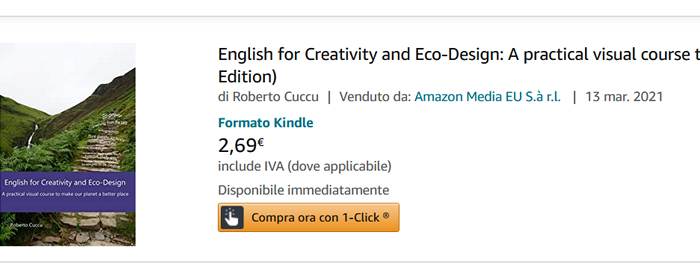Learn Holistically.it
"Twenty-five years ago, the notion was you could create a general problem-solver software that could solve problems in many different domains. That just turned out to be totally wrong ." Howard Gardner
Titolo Tre
Hacking the Humanities
Di che cosa si tratta

Equipped with a variety of visual organizers to describe relationships, processes and conveying a powerful message, this book introduces the skills required in the study of a scientific subject, in particular one connected to the environment.
These language and visual skills are eventually used in project works based on lessons we can learn from the past and on actions to take towards a more responsible society.
There are creative ways to learn and use your learning not only to know about a specific subject but also to use your new knowledge to make our planet a better place.
This work shows instructors and learners how to ask themselves the right questions, scaffolding their inquiring process until they become independent, autonomous and socially responsible citizens. We are connected to the outside, and what happens outside a classroom should find a place in the learning activities organized in schools.
When using Technology, we should be aware that it can also condition us. Emotions, critical thinking and other aspects of our human being should be integrated in order to have a holistic way to learn and use what we have learned.
The book is available on:
Google Books
Amazon Kindle

Table of Contents
Introduction to Creativity for Science1. What can be called Creativity?
2. Why is Science so important nowadays?
3. Why is Creativity relevant in Science?
4. How can Creativity be introduced in the Scientific curricula?Module 1: Study skills and visual organizers
1. Study skills: Reading skills and taking notes
3. How to present your findings
2. The use of visuals and text in a scientific presentation
4. Extending skills for Environmental Science
5. Project work: Facing an ecological disasterModule 2: Energy resources and WebQuest on renewables
1. Introduction to energy resources
2. Introduction to WebQuests
3. Study skills for the WebQuest
4. WebQuest on Renewable energyModule 3: Sustainability and Infographics
1. Critical Thinking
2. Introduction to Sustainability
3. Task A) - Reducing automobile use is not easy, but it can be done
4. Task B) - How can cities become more sustainable and liveable?
5. Introduction to infographic
6. Project work: retell the visual story of an InfographicModule 4: Sources of environmental destruction and London during the Black Death
1. Key concepts about preserving biodiversity
2. Introduction to Waste disposal
3. Infographics: introduction and preparation for the project
4. The Art of Storytelling through data visualization
5. Project work: Creation of an Infographic on an environmental disaster during the Middle Ages.
6. Resources for the project
4 English for Creativity and Eco-DesignModule 5: Eco-Design and Eco Campaign
1. The role of consumers
2. Introduction to Eco-Design
3. Project work: Designing a new line of Eco-T-shirts
4. Case study: Esprit’s Ecollection
5. Project work: Infographic for an Eco-campaignModule 6: Contemporary challenges
1. Education and Sustainability
2. The first step: Learning from the past
3. Second step: Design of a multimedia presentation or videographic on a specific environmental challenge
4. Guidelines for the composition of your infographicConclusions
References
About the author
